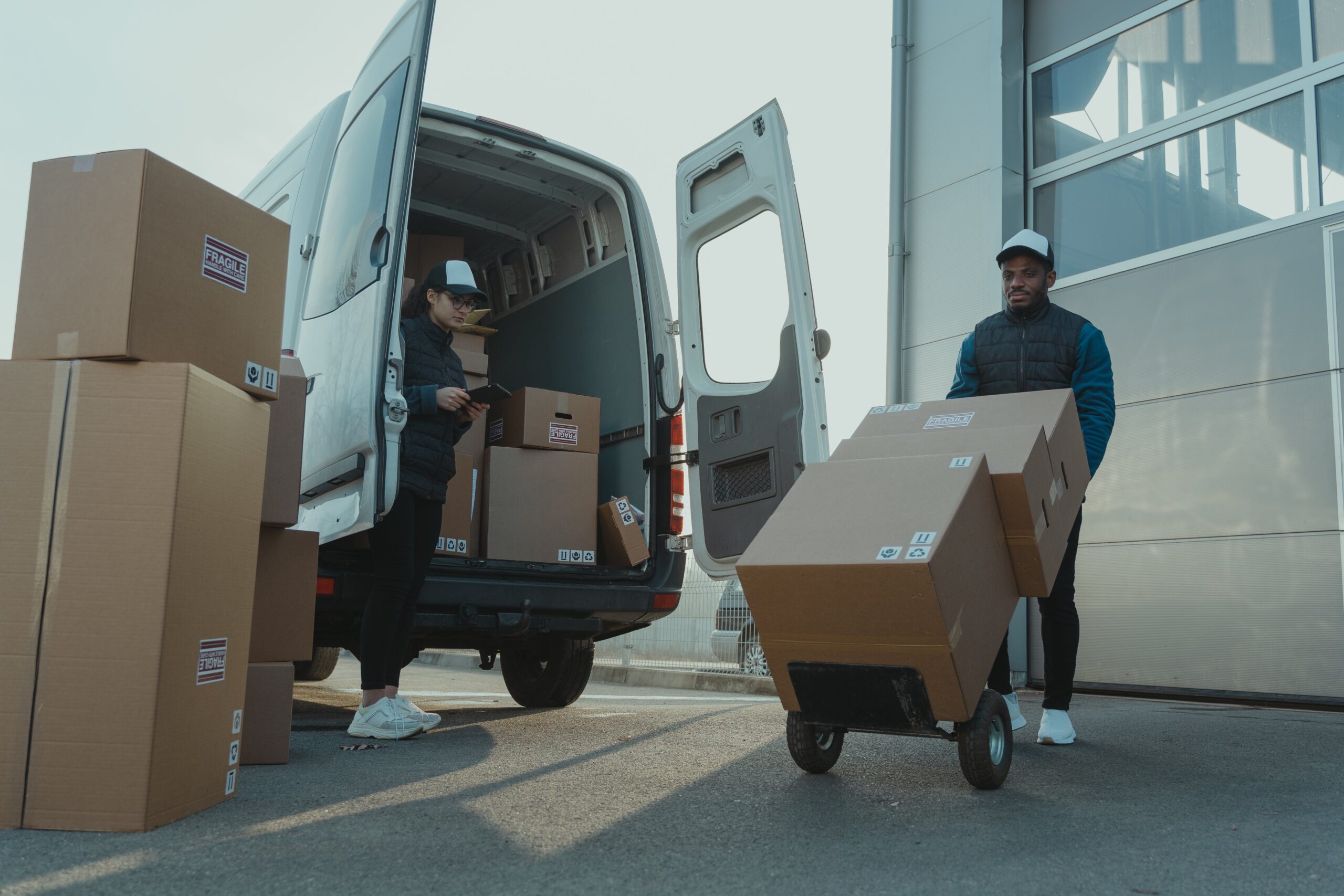In the age of e-commerce and fast-paced logistics, the ability to track and trace your packages in real-time has become an essential feature for both businesses and consumers. This blog post will explore the fascinating world of package tracking technology, shedding light on the intricate systems and innovations that power real-time package updates, providing transparency and peace of mind throughout the delivery journey.
1. The Evolution of Package Tracking
Package tracking, or tracking and tracing, has come a long way since its inception. What started as a simple system of handwritten labels and manual recording has now evolved into a highly sophisticated process, thanks to cutting-edge technology.
2. Barcodes and Scanners: The Starting Point
The foundation of modern package tracking lies in barcodes and scanning technology. Every package is affixed with a unique barcode that contains crucial information about the shipment. When scanned, these barcodes relay data to a central system, initiating the tracking process.
3. GPS and Location Data
Global Positioning System (GPS) technology plays a pivotal role in real-time tracking. It allows packages to be pinpointed at every stage of their journey. GPS-enabled devices in delivery vehicles provide location data that is integrated into the tracking system.
4. Mobile Apps and Online Portals
One of the most visible aspects of package tracking technology is the user-friendly interface available through mobile apps and online portals. Customers can access real-time package updates, shipment history, estimated delivery times, and even view the exact location of their package on a map.
5. RFID (Radio-Frequency Identification)
RFID technology takes tracking to a new level. RFID tags, which are increasingly used in logistics, can store more information than traditional barcodes and can be read without direct line-of-sight scanning. This innovation enhances tracking accuracy and speed.
6. AI and Predictive Analytics
Artificial intelligence (AI) and predictive analytics are now being employed to provide customers with even more accurate delivery estimates. These systems analyze historical data, weather conditions, traffic patterns, and other variables to predict delivery times with precision.
7. Communication Networks
Real-time tracking relies on robust communication networks. Data is transmitted between the package, the tracking devices, and the central system via various channels, such as cellular networks, Wi-Fi, or satellite connections.
8. Notification Systems
Real-time package tracking is not limited to the customer checking updates actively. Advanced systems send automatic notifications through email, SMS, or mobile app notifications, ensuring that customers are always informed about the status of their packages.
9. Security Measures
Package tracking technology is designed with security in mind. Advanced encryption and authentication protocols protect the integrity of the tracking data, preventing tampering or unauthorized access.
10. Enhanced Customer Experience
Real-time tracking technology has not only revolutionized the logistics industry but also greatly enhanced the customer experience. It provides transparency, reduces anxiety, and allows customers to plan their schedules around expected deliveries.
The Future of Tracking and Tracing
As technology continues to advance, so too will the capabilities of package tracking systems. Innovations like blockchain for tracking transparency and improved last-mile delivery solutions are on the horizon, promising even more convenience and reliability for customers.
In conclusion, the technology behind real-time package tracking is a marvel of modern logistics. It empowers customers and businesses alike with the ability to monitor and manage shipments with unprecedented accuracy and ease. The continued development of these systems ensures that the future of package tracking will be even more efficient and customer-centric, delivering a seamless experience from sender to recipient.

